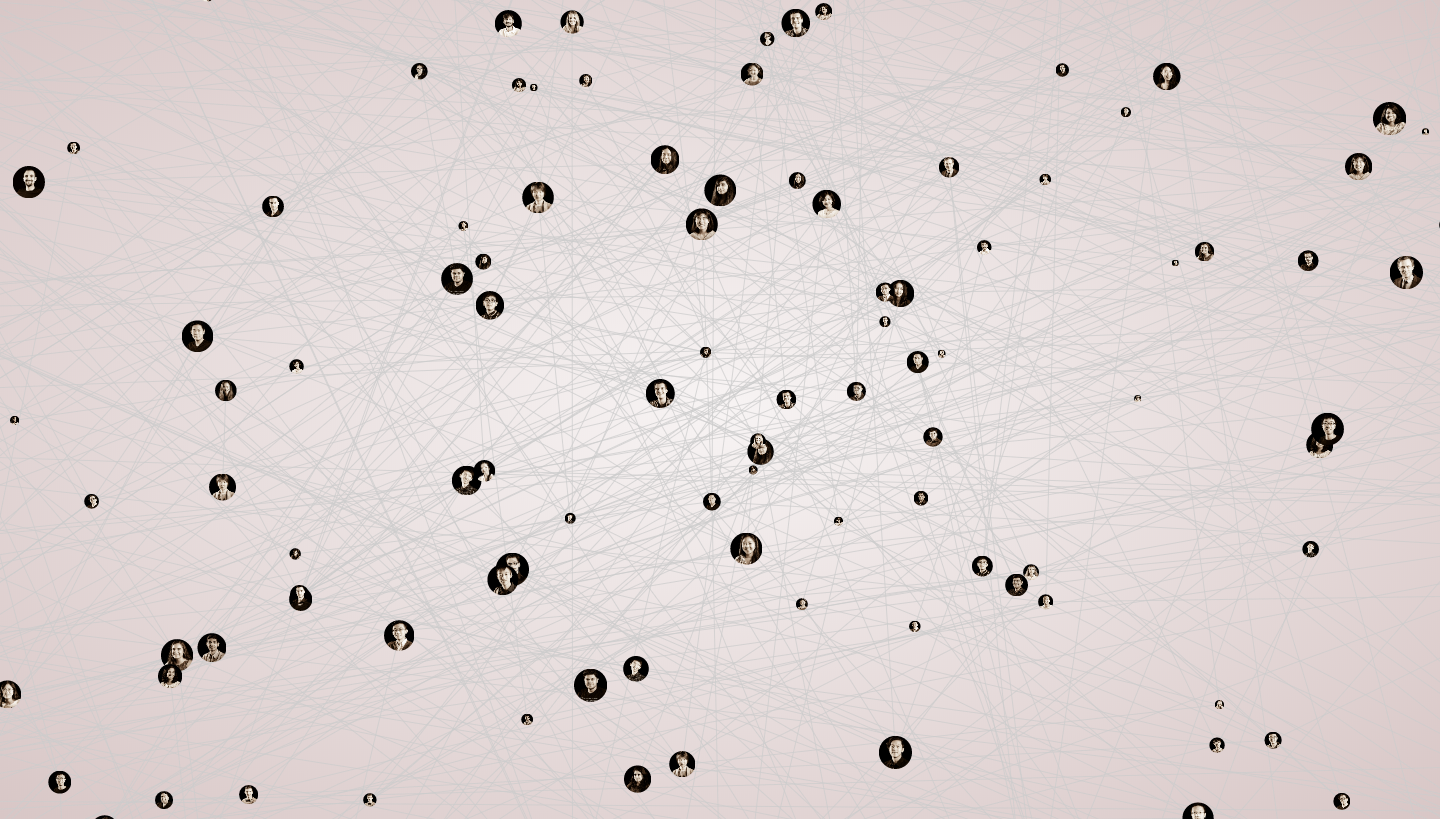Our final week consisted of three major things: presenting Picture Yourself at Finals Presentations to the ETC Faculty, finalizing the animatic / ad video for our client, and completing our documentation for our client handoff.
Finals Presentations:
In presenting our product to the ETC Faculty, we were very honest with what went right and wrong over the semester. We talked about how, conceptually, the product is very strong and that people support it, but that our prototype is not functional to the extent that we would like it to be. We discussed about how Kinect gave us problems in development, as well as the potential alternatives to this software:
- Interactive stand (i.e. trackball): A straightforward, yet creative solution would be to have a stand engineered (ideating off of the suggestion we received from Deep Local). This could be a stand that the iPad sits on, but it also could be placed directly next to the iPad stand (example floorplan below) that guests could interact with immediately after the iPad interaction.
Then, trackballs could be machined into this stand, with electric wiring running from these into the screen. This allows guests to zoom in and out of the display from this stand, without moving, although the presence of more wire presents its own challenges.
- Interactive Touch-screen: A simple solution would be to allow users to step up directly to the wall and interact with their photo and the display simply by touch. We would use projection sensors so that the current technology is still compatible with the interaction.
- iPad touch: An even simpler solution (on a very base level) would be to allow for guests to move the wall display directly from the iPad screen. This solution is the least creative, so it would not be our first recommendation, but it can be a fail-safe suggestion if others don’t work.
In further discussions with Dave Culyba and Ricardo Washington, the mistake we made over the course of the semester became crystallized:
It was less about playing it “safe” because we indeed wanted to try creative technology, creative phototaking, and other higher-idea solutions because we felt that that was how we’d get a “wow” factor to get interest from guests. If we play it “safe”, it becomes ordinary. Our mistake was that, after finishing the initial concept phase, our focus became: “we need to finish this experience as soon as possible to then able to test the whole thing.” Instead, what we needed to do was test each individual component – such as platform (testing for Kinect’s limitations), visuals (what gets the most significant “wow” moment), user journey (which we did test), phototaking (what do guests like to do in their photos), etc.
We needed to figure out how to best to design these components before making the whole thing. Then, we could’ve found pitfalls earlier and (maybe even) found a better way to “save” Kinect through specific motions that work better with the software (we tried to use head-tracking and this made Kinect very unhappy). At least, we would’ve found alternative solutions to it earlier (and definitely would have planned for alternatives earlier as well).
Final Animatic / Ad Pitch Video for Our Client
Going off of the feedback we received from our client after showing them our video last week, we updated it to make it feel a little more clean and polished:
Final Documentation
Documentation was finalized this week to include design ideation, sketches of our live space ideas, a step-by-step guideline of the process, customizible aspects, and technical details for install, platforms, and troubleshooting.
Going Forward / Postmortem
Our client will be able to use our documents along with the video to showcase our idea to vendors around Pittsburgh, and hopefully “Picture Yourself” will evolve even after our time with it is over. We didn’t do as much as we wanted to, but we know that this idea, at it’s base, is solid. We hope that, overtime, “Picture Yourself” could become a permanent exhibition in the CMU community.
Thank you Beth Wiser and Brian James for your support, as well as our faculty advisors and other people that gave us advice throughout the semester. Until next time:

